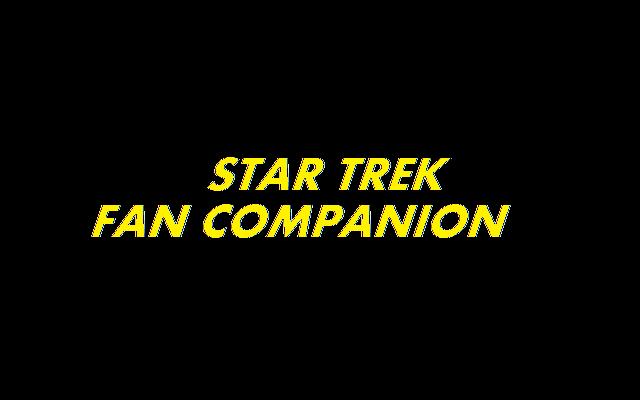If Gene Roddenberry had had his way, this one would never have happened, and modern Star Trek (and I suppose, Battlestar Galactica) would be a different story.
You see, when The Next Generation was being developed, he didn’t want to use any of the familiar aliens from the original series. That’s why there are so few Vulcans in the series. It’s also why we got the Ferengi, and even the Borg. But then Worf, who of course is Klingon, became a part of the regular cast of characters, although even at first he had a relatively minor role, no clearly defined post (Yar, after all, but the chief security officer).
As the first and second seasons developed, things changed again, and we even met Worf’s former lover, K’Ehleyr, in “The Emissary,” which indirectly started out the arc that would come to define him.
But it wasn’t until a jealous and manipulative rival named Duras attempted to lie his way to power in “Sins of the Father” that the high drama of Klingon politics finally became a thing. Worf ends up losing honor among his people, a rare unhappy ending for a Star Trek episode, but only the beginning of the story. We also meet his brother Kurn in the episode, by the way.
“Reunion” is the episode where everything really changes. We meet Gowron, who goes on to be chancellor of the Klingon Empire (and idol of bug-eyed aliens everywhere), K’Ehleyr returns, Duras attempts one last great plot, and...Alexander. That’s a whole arc, in a manner of speaking, as is how Gowron eventually loses power, which involves Worf’s relationship with another Klingon, Martok, but I’m limiting myself to the strict causality of events, so I won’t get into all of those details.
Anyway, Duras kills K'Ehleyr, Worf kills Duras, Gowron becomes chancellor.
This leads to the two-part “Redemption,” which itself involves another quasi-arc involving Yar and her Romulan daughter Sela (won’t get into that, either), in which the Klingons experience a civil war, exactly what the events of “Sins of the Father” were supposed to avoid. Clearly that didn’t work out so well.
The story picks up in Deep Space Nine, in the two-part “Way of the Warrior,” in which Worf, having sacrificed so much already, finds himself caught once more between the Empire and the Federation, as Gowron, who unbeknownst to him is being manipulated by the Dominion, declares war against the Federation, and asks Worf to stand by his side, which of course he refuses to do, compounding all his previous problems.
Finally, in “Sons of Mogh,” Kurn has had enough and wants his misery, at always being the victim to Worf’s choices, to end. But this is Star Trek, so every time suicide seems to be the answer, another one must be presented, and his memory is completely replaced instead. Worf gets to continue his journey alone. Until Martok. Long story short, they bond, and the increasingly dishonorable Gowron forces Worf to kill him near the end of the Dominion War, in “Tacking into the Wind,” which leads Martok to become the new chancellor.
Without all this, the idea of serialized storytelling, in Star Trek and genre television in general, might have taken longer to standardize. It’s the first time Star Trek made a concerted effort to tell a continuing story, especially one with so gosh darn many unhappy developments. Ronald Moore tends to get a lot of credit for it, which gave him enough of a reputation that he found himself in the position to totally reimagine Battlestar Galactica as a modern, grim, heavily serialized drama, in which the robotic Cylons are basically a lot of Duras fans.

No comments:
Post a Comment
Note: Only a member of this blog may post a comment.